Negotiating a path through one arts festival programme is bad enough, particularly when that festival takes place across the span of a city of quarter of a million people. But two at once?
This is precisely what visitors to Brighton and Hove are being asked to do this month, where both the 49 year-old Brighton Festival and the House festival have opened recently. Between 3 May and 25 May, a bafflingly diverse schedule of events is unfolding. If you were to combine the programmes for visual arts alone, you’d end up with a volume the width of a telephone directory.
Such a range of attractions immediately sets off the critical alarm system; you wonder how a curator can possibly attract a sufficient number of artists without scraping the barrel. A blitz of a visit on Friday brought me to the city feeling more than a little cynical, but I left that evening clear of thought and optimistic – the organisers have done a tremendous job. Ignore the thematic brackets imposed by the two festivals and their partner projects; it’s enough to know that there are some extremely strong exhibitions in Brighton this month.
More from Apollo: Rachel Whiteread’s House
At the University of Brighton, a house constructed almost entirely of waste materials has been built and furnished by architect Duncan Baker-Brown and students from the University. For the duration of the festival, it will host Phillip Hall Patch’s Salt Field. A huge, almost knee-high cuboid of industrial blocks of salt lies glistening under the slow drip of a tap.
‘Before industrialisation, salt was an extremely valuable commodity,’ Hall Patch says, ‘it was currency for Roman soldiers, which gives us the word ‘salary.’’ Laid out like this, the blocks look – and feel – like marble. Looking at it during the opening week – when the drip had only been operating for a few hours – it had much in common with Rachel Whiteread’s 1990 work Ghost, both in terms of its form and air of solemnity. But by the end of the festival, almost the entire installation will have dissolved into a saline puddle. It’s mesmerising.
Down the road at Circus Street Market, an abandoned warehouse that once housed a produce exchange, William Forsythe’s Nowhere and Everywhere at the Same Time has been installed. Huge ceiling frames dangle 400 dart-shaped pendulums from fine but easily perceptible wires. Using a unique computer algorithm, these are programmed to swing in certain patterns throughout the day, and visitors are encouraged to cross through the balletic pattern without hitting them. You jive like John Travolta in Saturday Night Fever attempting to negotiate a path through the mass of lilting cables – it’s surprisingly difficult and childishly exhilarating. All around, ghostly shopfronts advertise long-disappeared wares. I’m tempted to wonder whether Covent Garden Market might have had a more dignified afterlife had it been put to similar use.
Other highlights include Swedish artist Jacob Dahlgren’s enjoyably colourful installations at Fabrica, a deconsecrated church, and Local Name: Unknown. Gypsies?, Delaine le Bas’s imaginative show at the Phoenix Gallery. Her work on anthropological marginalisation, inspired by her Roma ancestors’ life in the New Forest in the early 20th century, is a fascinating, craft-heavy exploration of Britain’s last great prejudicial taboo.
The main draw, though, takes place on the estate of the Royal Pavilion, where Yinka Shonibare MBE has been commissioned for a giant exhibition at the Brighton Museum. The British Library, a collection of 10,000 books bound in his distinctively-patterned African Dutch wax batik fabric, is his biggest single work to date. Arranged on the enormous shelves of the museum’s reference library, the spines of the books are marked with the names of public figures. A stroll around the room takes in names from Henry James to Oswald Mosley to Andrew Ridgeley. What’s the connection?
The aim, Shonibare tells us, is to open a dialogue on immigration: ‘we have to think about our obligation to the rest of the world in terms of providing shelter,’ he says, ‘but at the same time, migration is a source of massive anxiety. It’s a debate that needs to happen.’ As the artist asserts, Britain is a hybrid society – he admits to being surprised at discovering Helen Mirren’s Russian ancestry, and makes the point that many of the public figures used as shorthand for national identity in fact have their roots in other countries and cultures.
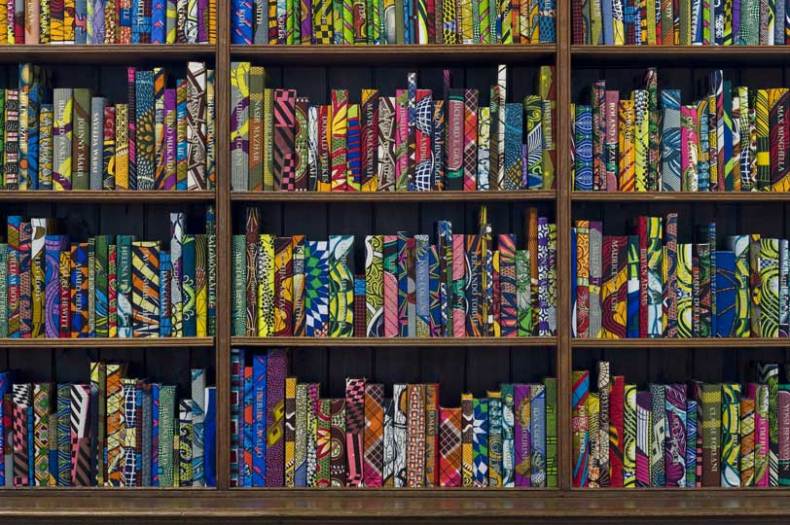
The British Library (2014), Yinka Shonibare MBE. A co-commission by HOUSE 2014 and Brighton Festival, 2014. Photo: Jonathan Bassett
More from Apollo: Yinka Shonibare at the Barnes Foundation
The names printed on the spines, then, belong to British notables with family backgrounds elsewhere, as well as a sprinkling of notorious opponents of immigration. The books themselves are filled with empty pages: the story is in the names. Many of the figures given a nod – Laura Mvula, Yinka Shonibare MBE, (and why not?) for example – have names that immediately point to their origins. Others, though, are less obvious (Joan Collins? Who knew?).
A structuralist reading might throw up an interesting commentary about the ultimate impossibility of deriving definitive information from proper nouns – but in all honesty, it’s too much fun examining which fabric matches which figure; dignified grey bird’s eye for Clive James, a particularly lively yellow and purple hue for Mosley.
The installation takes up a vast amount of space. But it’s still astounding that this library’s books tell only a fraction of Britain’s history of immigration. Many of the spines are unmarked. This, Shonibare tells me, is to ‘keep the narrative open-ended.’ He mentions the recent public debates around immigration from Romania, and I can’t help but think what consequences Scottish independence might have should he ever revisit the work. In its current state, though, The British Library is both a joyous burst of humour and colours and a deadly serious statement on tolerance and identity.
Brighton Festival and HOUSE Festival both run until 25 May in Brighton, UK.
Unlimited access from just $16 every 3 months
Subscribe to get unlimited and exclusive access to the top art stories, interviews and exhibition reviews.


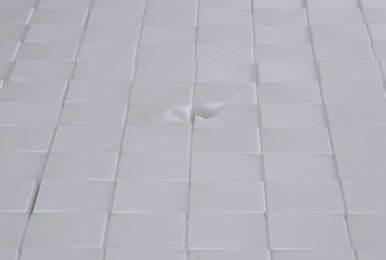
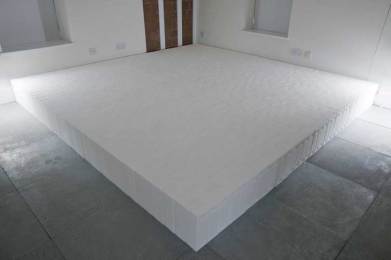

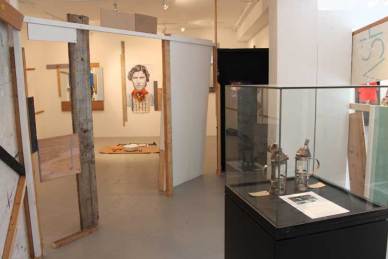
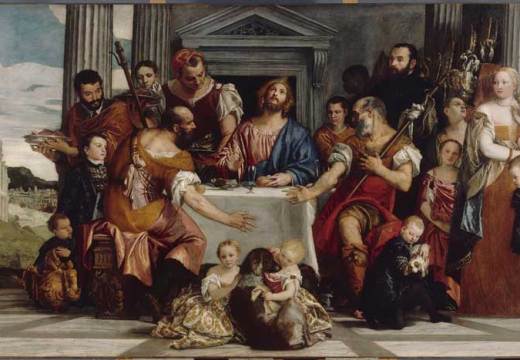
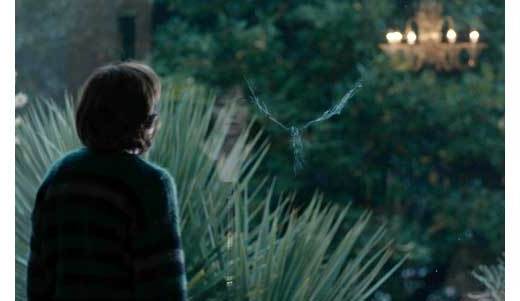
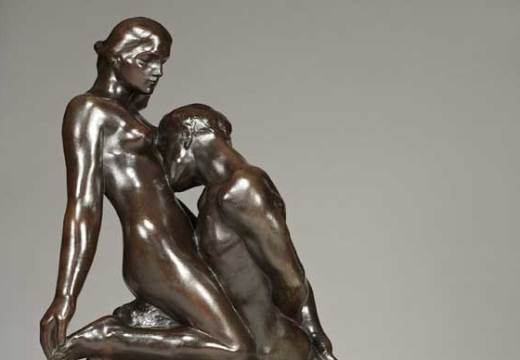









![Masterpiece [Re]discovery 2022. Photo: Ben Fisher Photography, courtesy of Masterpiece London](http://www.apollo-magazine.com/wp-content/uploads/2022/07/MPL2022_4263.jpg)
It’s time for the government of London to return to its rightful home